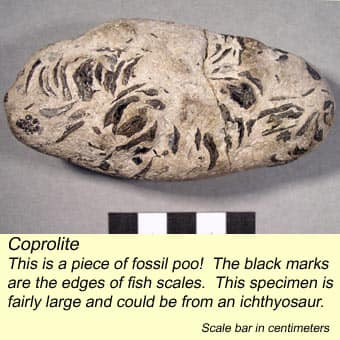FACTS ABOUT COPROLITE FOSSIL
- Aswatha Biju
- Jul 14, 2020
- 1 min read
Coprolite fossil are the fossilized animal faeces which is a TRACE FOSSIL. It is classified under trace fossil because they contain the fossilized evidence of their mutual behavior and characteristic features rather than their morphology.
The name Coprolite was derived from the Greek term '
Kopros' meaning dung and 'Lithos' meaning stone. They were first discovered by William buckland in 1829. Prior they were known as “FOSSIL FIR CONES”and “BEZOAR STONES” they serve very important role in Palaeontology because they provide direct evidence of predation and diet of the extinct organisms. These Coprolite fossil range in size from few millimetres to over 60 centimetres. The mother of the field Palaeontology MARY ANNING discovered fossilized animal faeces as early in 1824 and named it as “BEZOAR STONE”. which was abdominal near the region were the Ichthyosaur’s fossilised skeleton from the Lyme Regis beach coast. She also noticed that if she broke those stones, she found some fossilized fish skeleton, fish scales and fossilized skeletons. These observations of Marry Anning led William Buckland to propose on 1829 that those stones were fossilized animal faeces and named it as COPROLITE. Buckland also suspected that the spiral markings on the fossils indicated that they were the ridges of the small intestine of Ichthyosaurus’s was similar to today modern shark and those fossils had black ink on it of the Belemnite which indicates that they have consumed Belemnites and then ejected their faeces by the process of Egestion. From these fossils Palaeontologists would come to know what kind of diet they consumed from which they would come to know that whether the animal is herbivore or carnivore.











Comments